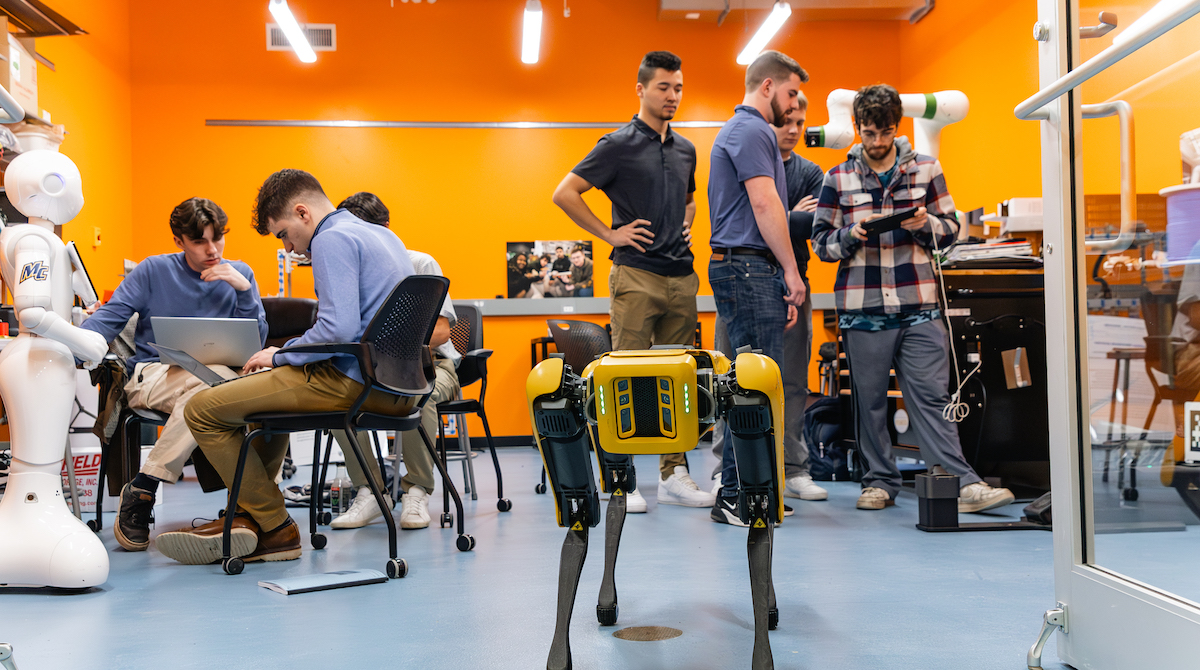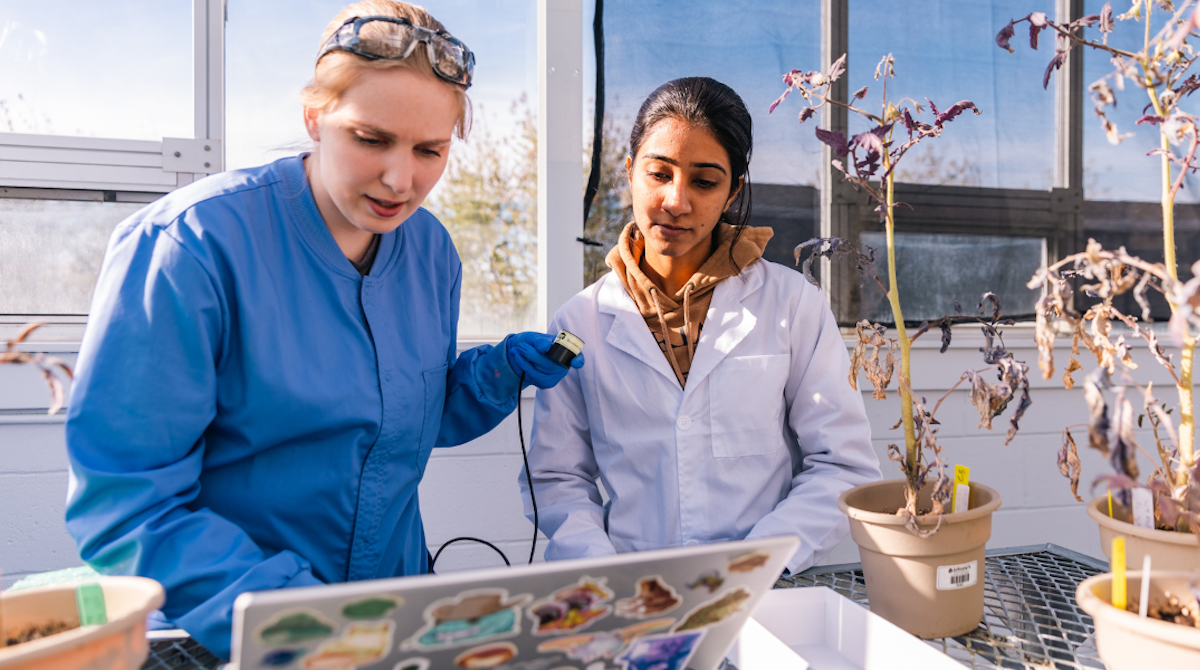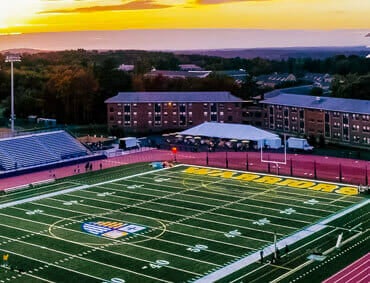Associate Professor James Kaklamanos is no stranger to Tufts University, having earned his undergraduate, master’s, and doctoral degrees, known as a “Triple Jumbo,” from the institution just down I-93 from Merrimack College.
So it should come as no surprise that his alma mater is also one of his longstanding research collaborators in examining earthquake ground motion.
For his upcoming work, funded by about $50,000 in grants from the United States Geological Survey, Kaklamanos is partnering with Laurie Baise, professor and chair of civil and environmental engineering at Tufts.
“It is truly a team effort involving faculty and students,” said Kaklamanos.
The collaboration will examine ways to improve how experts estimate earthquake ground motion and better inform engineering design to minimize structural damage.
“Earthquakes can have significantly devastating effects,” Kaklamanos said. “The big goal is making infrastructure more resilient in the face of disasters.”
Kaklamanos and his collaborators at Tufts will examine tens of thousands of records of earthquake ground motions. From there, they will develop models and compose publications that will hopefully help inform the National Seismic Hazard Model, a collection of maps that integrate what scientists have learned about earthquake sources, crustal deformation, active faulting and ground shaking, which is used to reduce the risk from earthquakes and to improve public safety, according to the USGS.
“We want to have our work become part of the literature and try to frame the discussion into how these effects are incorporated into seismic design,” Kaklamanos said. “We are never going to prevent earthquakes from happening; they are forces of nature. But once one occurs, we can better understand the nature of ground motions and how we can design structures to withstand them. And that is the exciting part of research. We have hypotheses that we will test, but there are uncertainties because you are entering the unknown and trying to find information that will advance the field.”





